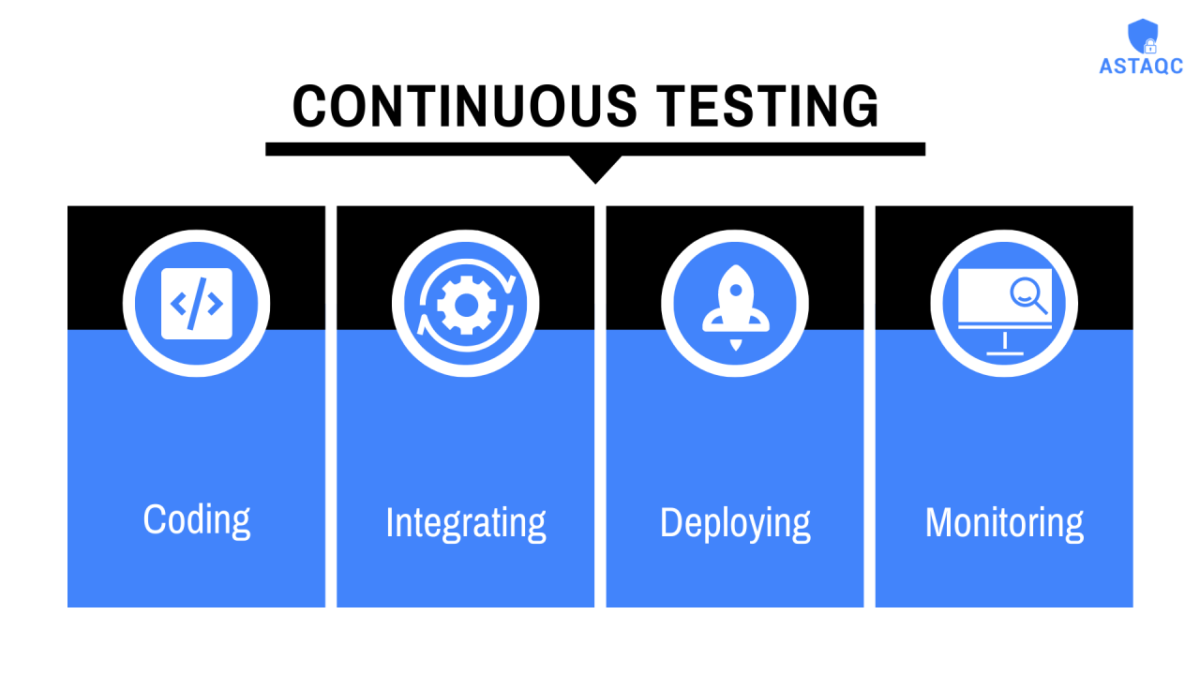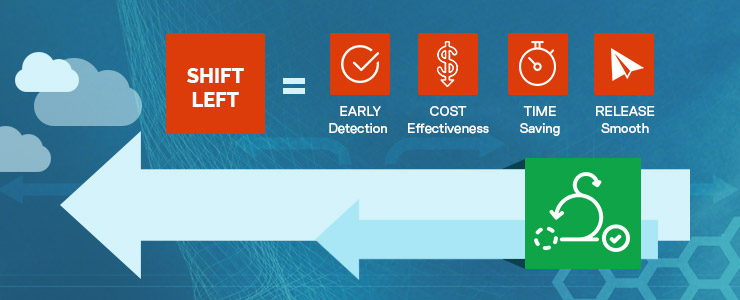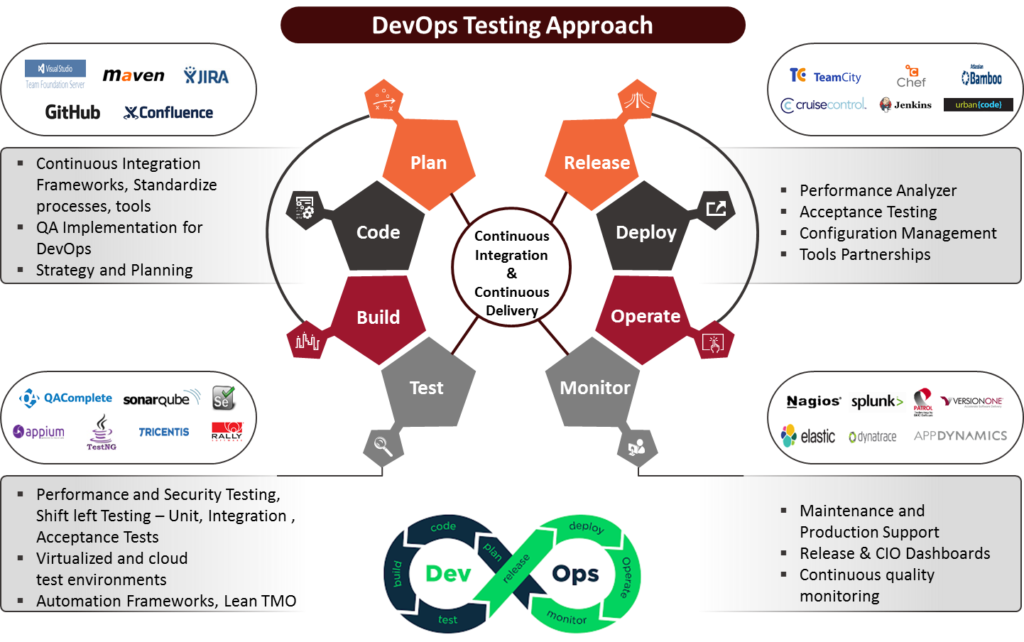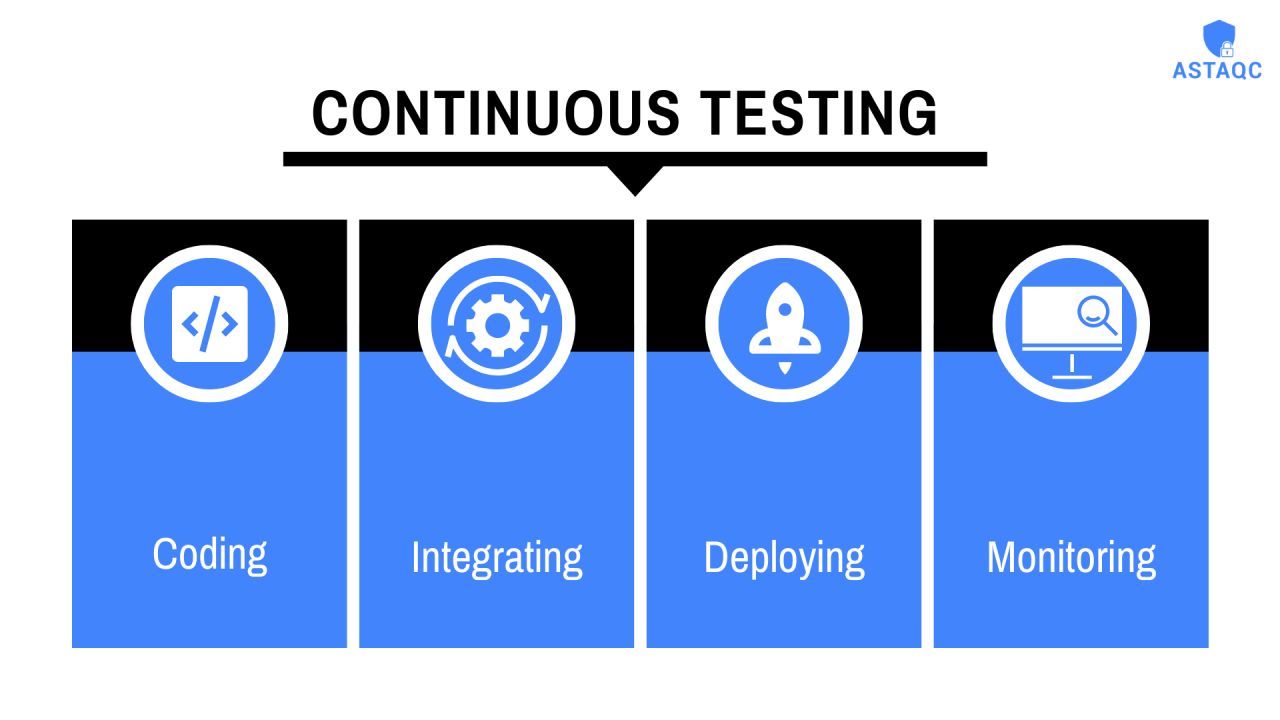
In today’s competitive business landscape, QA and testing have become the two biggest driving factors when it comes to attaining success in terms of increasing customer satisfaction, performance, security and shorter time-to-market. With the growing adoption of agile and DevOps, an emphasis on predictive analysis and intelligence-led testing, and increasing automation of QA and testing methods, a new set of skills are required from QA and testing professionals.
Download Free E-Book: Role of QA & Testing in Digital Transformation
Test data and test environment setup expertise:
As TEM is slowly maturing, the core systems created to support testing are increasingly becoming smart. For testing environments and data, analytics and self-managing capability are increasingly employed. With the growing need of agile and DevOps, test data management and test environments are likely to become automated and virtualised. Thus, QA will need to have skills to ensure automation of their test cases and almost 100% code coverage, together with creating standardized test environments and automating the deployment of their QA boxes. Skills related to automating and aligning pre- and post-testing tasks, cleanups etc with Continuous Integration cycle will also become important for QA and testing professionals.
Virtualization expertise:
From API testing and service virtualization testing to evaluating data center virtualization and cloud testing, provisioning virtual test environments, automated and continuous monitoring of such environments, end-to-end test automation and reporting, QA and testing professionals in today’s agile and DevOps scenario need to have virtualization skills.
SDET:
This is required to maintain the quality of the software and to develop high quality, performant code. Thus, QA and testing professionals must have adequate software quality skills and development skills to evaluate and mitigate risks.
Non-functional testing skills:
Though a wide range of non-functional tests conducted to check the quality characteristics of a system or component, the most important ones that QA and testing professionals should possess are the ones related to performance and security testing. If a system fails to perform well under a certain workload or functions poorly (which would be revealed during performance testing) or is prone being hacked or give access anyone to the data and other features (which security testing can point out), hurrying to market it will be of no use.
TDD or BDD:
In TDD, unit tests are written primarily and then the adequate code is written to make them pass while BDD allows a developer and a product owner to sit together and jot down the pending specs. The collaborative approach in BDD works well when it comes to focusing on the features provided for an end-user.
Knowing internal applications:
With a solid grasp of internal application, QA and testers can have a look at the source code to identify which unit of the code isn’t behaving properly and can eliminate the extra codes that can trigger hidden defects. It also ensures that maximum coverage is performed when writing a test scenario. Good understanding of all dependencies will the professionals identify production level impact of a module and from where to start testing.
Ability to choose and work on test automation tools:
Test automation has come a long way with the advent of different test automation tools which allow performing complex tasks much easier that were simply unthinkable in the past. While companies need to consider investing in next-gen automation tools, QA and testing professionals need to adopt these advanced tools and techniques to upkeep the pace of deliveries and to be on the same page with a continual stream of updates. Few of the test automation tools that have changed the test automation scenario are Selenium, Test Complete, Appium, Calabash, Cucumber etc.
Ability to address business challenges:
QA and testing teams today don’t just need to prevent defects in production but are also expected to contribute to business growth and deal with business challenges. Some of the key business challenges they are often entrusted to handle are:
- Ensuring positive end-user experience
- Maintaining quality of the end-product
- Balancing quality with business survival requirements
- Delivering best effort as a part of the development team to deliver top-quality application
To do it, these professionals need a different level of reporting on QA and test results.
Mentoring developers and selves:
It’s evident that developers aren’t ‘excellent testers’ by nature and thus they don’t possess the skill to excel at testing. Developers focus on positive scenarios while testers identify the weak points. In most organizations, developers lack real-user perspective and end-to-end knowledge. However, testers can change this scenario by mentoring developers by guiding them with their ‘blind spots’ and by providing them with end-user scenarios. At the same time, testers should possess some development and coding skills themselves as it would help them imagine and relate to the code structure.
Taking strategic decisions:
As quality is becoming more and more stringent, challenges are getting heightened as well. Late engagement and inability to take strategic decisions related to testing and quality issues are providing ramifications including inadequate in-depth analysis. This triggers difficulties including identifying the proper level of test types together with test depths. As an outcome, preparation of test data, selection of appropriate automation technologies etc are remaining under-considered leading to quality issues and inadequate throughput of newer functionalities. To overcome all these, QA and testing professionals must be allowed to take strategic decisions rather than only focusing on testing. Thus, they need to have the relevant skills for such decision making.
Download Checklist: Use of multiple Test Approaches in DevOps
Conclusion
Experts predict an intelligence-led QA approach will radically change the QA and testing scenario that relies heavily on manual decision-making, preparation, and execution at present. With its experienced QA and testing team that offers comprehensive testing in today’s agile and DevOps scenario, TechArcis make sure to address the emerging challenges effectively and give you your money’s worth. Whether you are facing the skills shortage in your in-house testing and QA professionals or just need your components or systems thoroughly checked before taking them to market, simply contact us for high quality testing solutions within your budget.
More Related Blog

Continuous Testing and Its Role in the Software Development Cycle
Change is the only constant –this is an often repeated adage. It is equally applicable to the software development cycle. In today’s competitive market where everyone is short on time. Clients and customers are impatient to get results. Business houses … Continue reading "Skills needed from QA and testing professionals to drive Agile and DevOps programs"...
Read More
What is “Shift Left”? 2024 Shift Left Testing Explained
Shift left testing is the practice where testing is introduced at the inception stage of software development. Here, the teams emphasize on prevention rather than detection and aim to enhance the overall quality of the software....
Read More
Agile and DevOps development Model is an Incremental Process (Updated JAN 2024)
Agile methodology is widely adopted in almost all the enterprises, its advantages and the agility it brings to software and product development process is widely recognized. Organizations are now on the path to adopt DevOps, which is a step in … Continue reading "Skills needed from QA and testing professionals to drive Agile and DevOps programs"...
Read More
